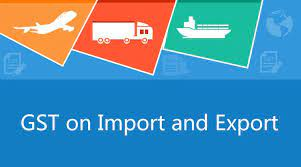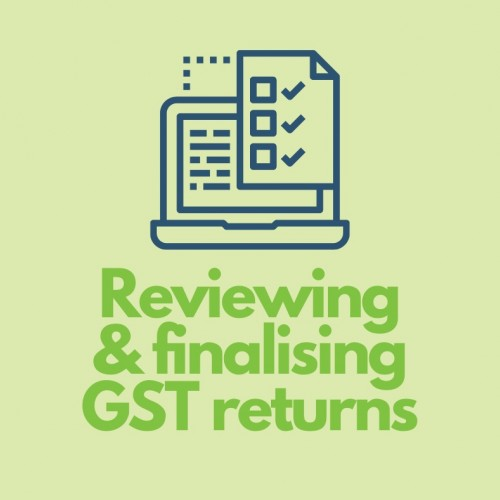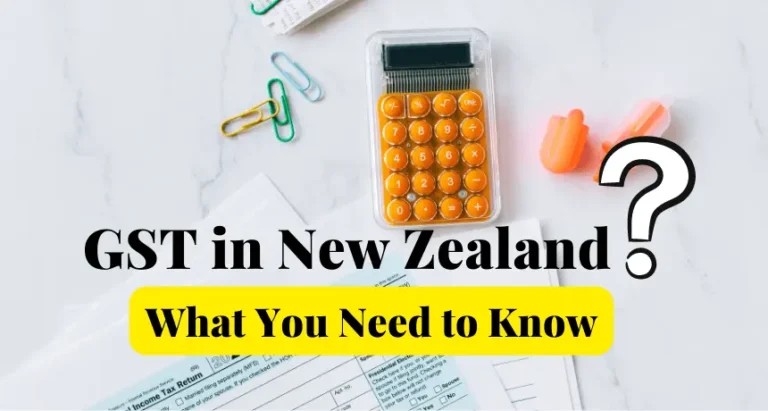Tax is a term that often carries a compulsion connotation and drives the need to be aware of its legalities, especially if you are into business and happen to be in Australia. Specifically, Goods and Services Tax (GST) – a term synonym for sales tax on taxable and imported domestic goods and services consumption! GST in Australia is often coined as a value-added tax that businesses impose on the consumption of goods or services rendered. In addition, some goods and services enjoy exemption from this value-added tax (VAT) and they come under the category of GST-free sales. For businesses, this VAT is a legal obligation that they should abide by and make sure its rules apply all across the chain, from manufacturing to the consumer end. Do you want to discover more about how GST tax rules apply to your business, read more as we dive deep into how it works!
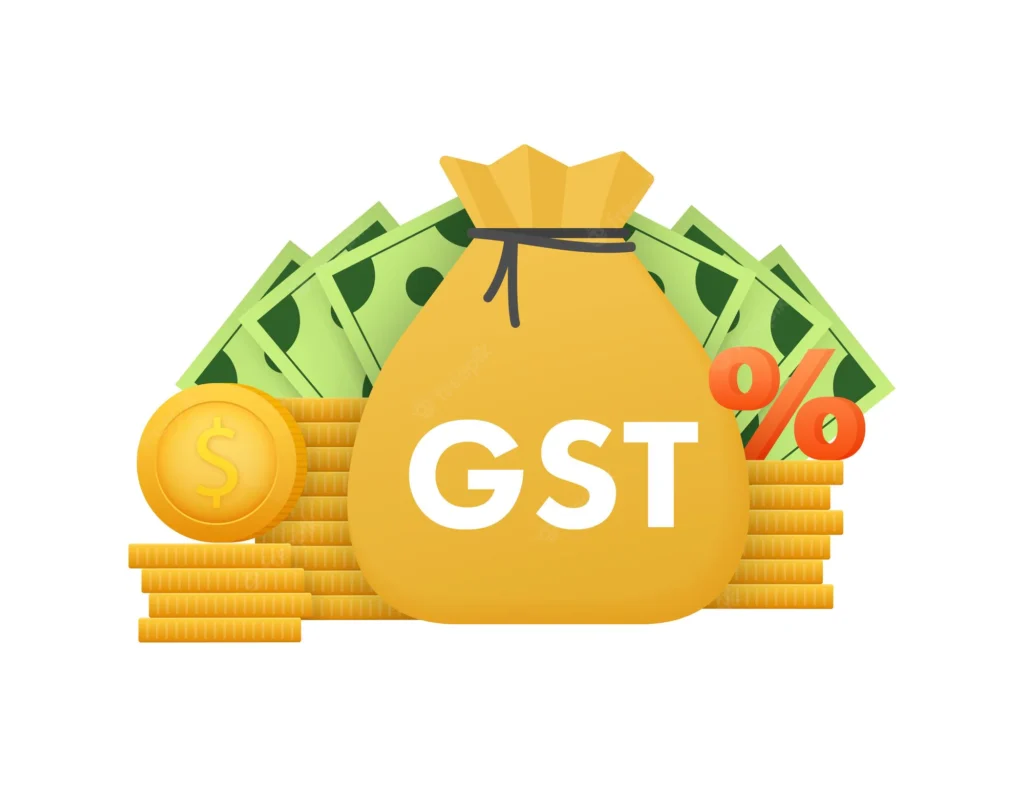
Goods and Services Tax GST in Australia
In the context of Australia, goods and services tax takes into account a broad-based tax of 10 percent that applies to most of the items and services sold. The revenue generated through this tax is redirected to the state governments.
This value-added tax applies to the majority of the goods and services, at each manufacturing, marketing, and supply chain level. These goods and services include but are not limited to, food, health & medical supplies, educational goods, and exports. Some of the GST-free services include health insurance, residential rent, and financial supplies.
Register for goods and services tax
When it comes to goods and services taxation in Australia, there are a number of obligations that your business must meet. The Australian Taxation Office (ATO) has listed down comprehensive criteria that your business needs to register for goods and services tax, a summary of which is discussed below:
Need to Register for GST
GST turnover defines the difference between gross income of your business and goods & services tax. Based on the GST turnover, your business needs to register for GST if:
- Your business or not-for-profit GST turnover surpassed the GST threshold of $75000 or $150,000 respectively.
- Your enterprise is expected to deliver a GST turnover of $75000 in the first year of its operation.
- You supply ride-hailing services (for instance provide taxis and limousines), irrespective of whether you own or lease it out.
- You intend to collect fuel tax credits for your business.
Your business or enterprise is exempted from GST in Australia if it does not fall into either of the above-mentioned categories. Otherwise, it is a must for your businesses to stay registered for at least 12 months after registration. Additionally, you can cancel your registration if your business is no longer in compliance with GST obligations.
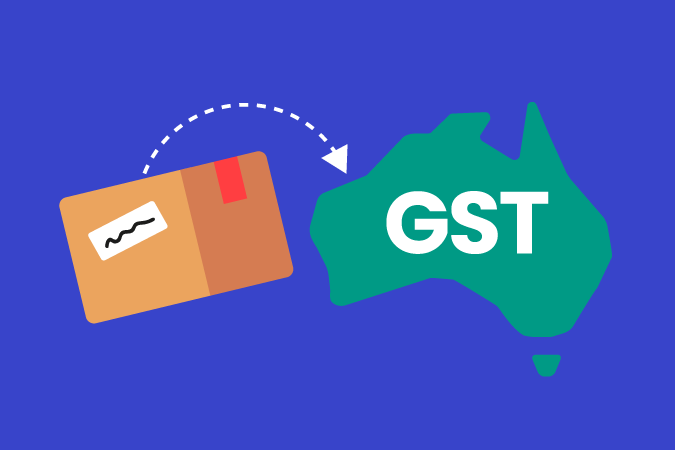
GST Registration and Australian Business Number (ABN)
As a business owner, you are liable to register for GST within Australia if your business qualifies for it. Once confirmed, the registration must be done within 21 days of the notice period. Furthermore, you need to make sure your business possesses an Australian Business Number (ABN). Note that irrespective of the number of businesses you own, the registration for this tax happens once only.
In case you are a non-resident of Australia, your business is prone to GST liability. You must provide your Australian Business Number (ABN), your identity documents, and your Business Activity Statement in order to register under the standard GST registration process.
Registered Business Claiming GST Credits within Australia
As a business owner, you are eligible to claim an input tax credit. An input-tax credit is the goods & services tax which is included in the price of items purchased for running a business. Your business can refund input-tax credits if it satisfies any of the following conditions:
- Your purchase of input-taxed items is for business needs only.
- Your invoice includes the goods and services tax.
- You are required to pay the price for the items.
- Your GST-registered supplier provides you with an invoice, which exceeds the minimum threshold of 82.50 Australian dollars.
Additionally, a registered business can claim input tax credits based on the supply of GST-free goods or services.
GST Concessions for Small Businesses
Though a majority of businesses are subjected to GST in Australia, the taxation system does provide relief to small businesses. The amount of concession depends on the following factors:
- Structure of the business or enterprise
- The type of industry
- The annual turnover
You are eligible to claim a discount for either of the following situations:
- A portion of the expenditure for setting up new business
- Fringe benefit tax exemptions for digital supplies
- Deduction on an immediate basis for prepaid expenditures, usually within 12 months or less of the next income year
- An expedited devaluation of business valuables that are included in the early-stage production phase
Tax Invoices
As per Australian taxation rules, if a customer requests a tax invoice, you must provide it within 28 days of the request. This condition is applicable if the sale price exceeds the A$82.50 mark of the purchase price plus the GST amount.
A tax bill usually entails the following information:
- Type of sale (usually taking into account both taxable and non-table goods)
- Amount of sale (sales below or above A$1000)
- Type of service provider
Providing customers with their requested tax bills also takes into account other factors related to Australia’s GST. These include but are not limited to conditions related to e-invoicing, digital statements, agency relationships, GST rounding, recipient-created tax invoices (RCTI), multiple owners, and GST groupings.
How to Calculate Goods and Services Tax
As a business owner, you must be aware of the calculation mechanism behind the amount of GST to be included in the prices of goods and services rendered. In order to include GST in the prices, take a look at the GST calculator that explicitly shows the total cost incurred with and without GST.
Assumptions
Within Australia, most of the goods and services are taxable items, with the exception of input-tax and GST-free ones. The GST calculators are programmed to automatically calculate GST based on 10% criteria with an assumption of sales tax only. These calculations generate GST out of the total cost with a simple division of the total cost by 11.
Last but not least, these taxable sales are applicable if there is a sale of some kind, that happens while running your business and your business is connected to Australia.

